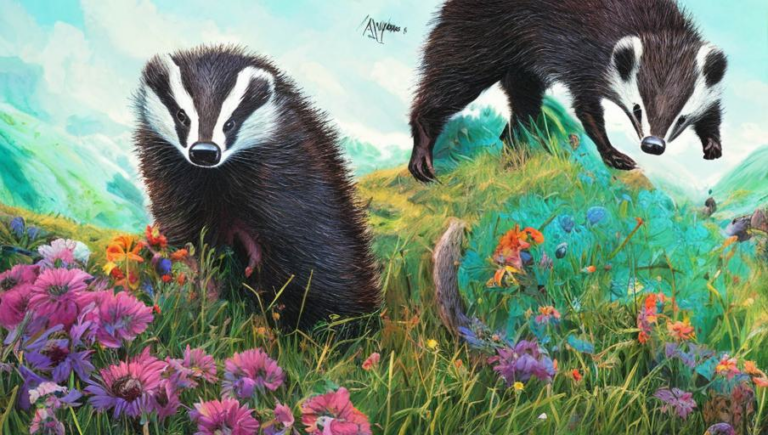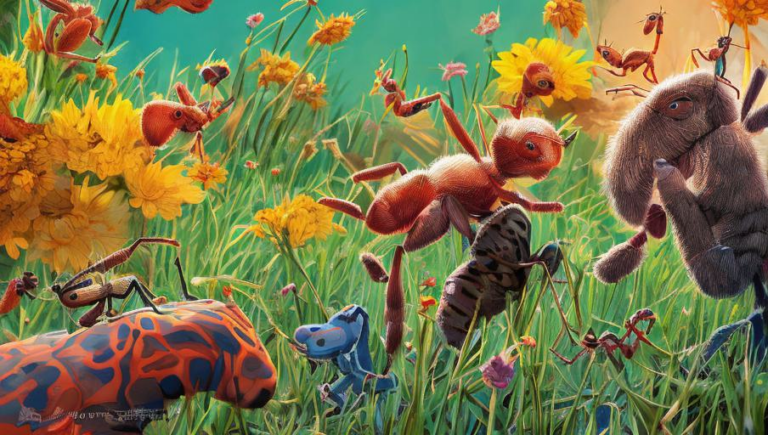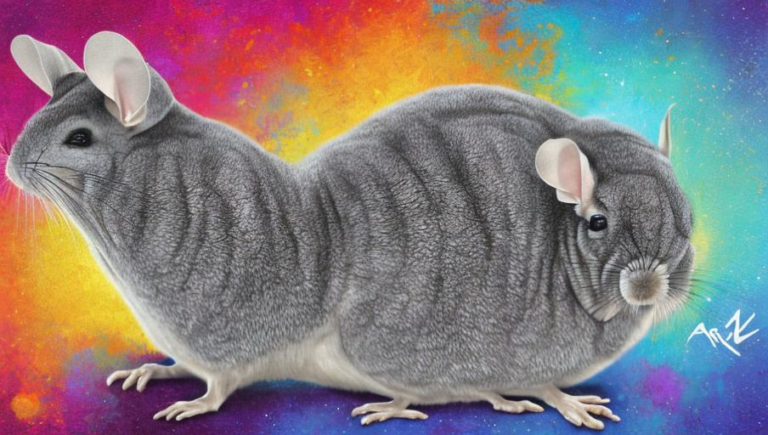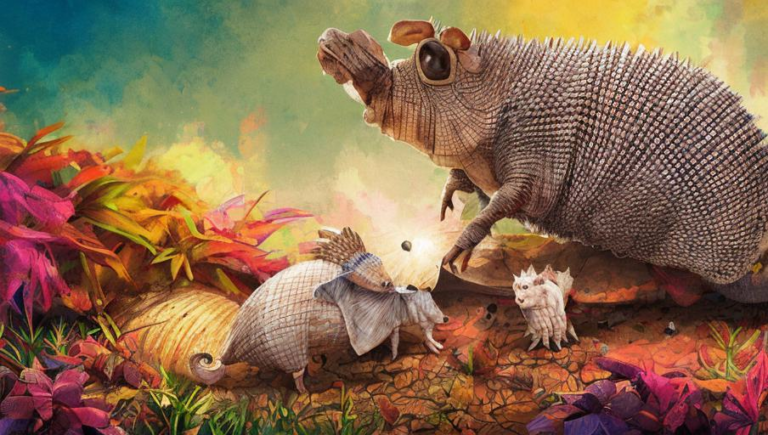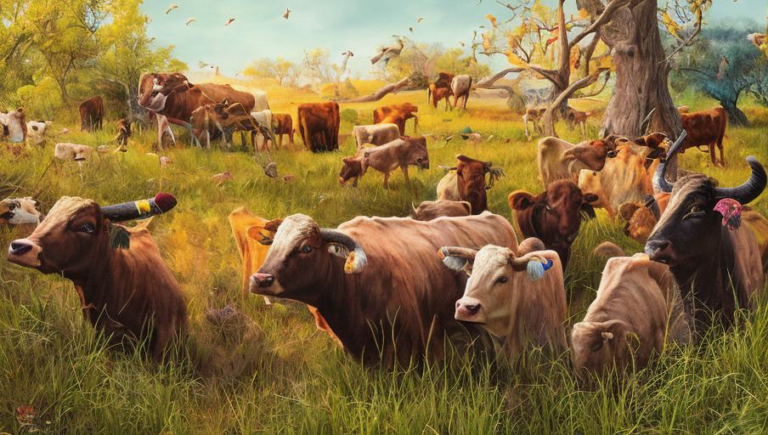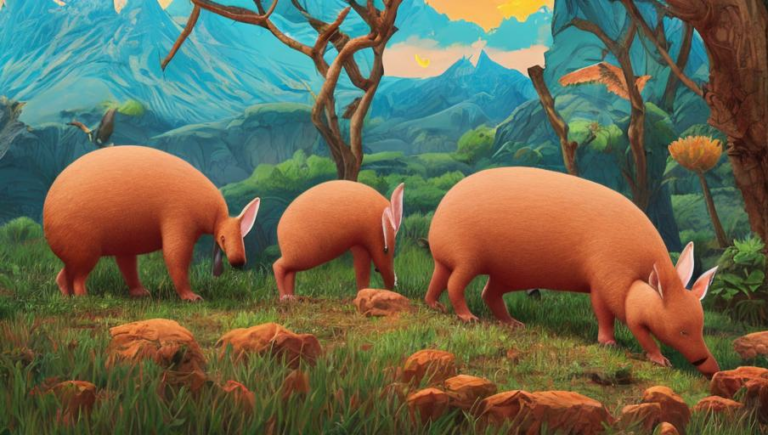Knocking on Nature’s Door: How Cranes Impact the Ecosystem
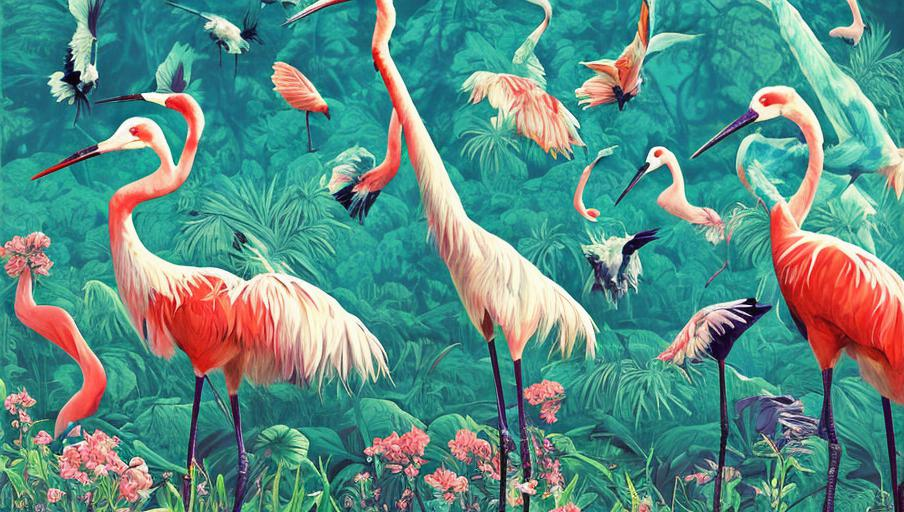
Introduction
Cranes are an iconic symbol of nature, often seen wading through shallow waters or soaring high in the sky. These majestic creatures have a long, rich history of being part of the natural environment, but their importance extends far beyond their beauty. Cranes play a crucial role in the environment, providing crucial services for the ecosystem and influencing the behavior and health of other species.
The Wonders of Cranes
Cranes are a large, diverse family of birds that can be found across the globe in a variety of habitats. They are most recognizable for their large size and striking colors, but they are also incredibly important to the environment. Cranes are a keystone species, meaning they are integral to the health of the ecosystem they inhabit. They are also an important part of the food web, as they are both predators and prey. For example, cranes consume insects, small mammals, and aquatic creatures, and in turn, are hunted by hawks and other predators.
Cranes are also a vital part of the environment in terms of seed dispersal. As they forage for food, they also spread the seeds of plants and trees, helping them to grow and spread across the landscape. This plays a vital role in creating a healthy, biodiverse ecosystem, as the presence of these plants provides food and shelter to other species. This helps to maintain the balance of nature and ensure there is enough food and resources for all animals in the area.
The Effects of Human Activity
Human activity is having a devastating effect on crane populations around the world. Cranes rely on undisturbed habitats to survive, but humans are encroaching on their habitats, destroying and polluting the land they inhabit. This has led to a dramatic decline in crane populations, as their habitats are being destroyed and their food sources are becoming scarce.
Moreover, human activities such as hunting and poaching are also having a detrimental effect on crane populations. Cranes are often hunted for their feathers, which are used in clothing and other decorations, as well as for their meat, which is considered a delicacy in some countries. This has led to a rapid decline in crane populations, threatening the future of these majestic creatures.
Protecting the Cranes
It is essential that we take action to protect cranes and their habitats. Governments around the world are creating laws and regulations to limit human activity in sensitive crane habitats. Additionally, there are many organizations devoted to protecting cranes and their habitats, such as the International Crane Foundation and the Crane Conservation Network. These organizations are working to raise awareness and protect these majestic birds.
We must also take action to protect crane populations on an individual level. We can do this by avoiding activities that harm crane habitats and by supporting organizations that are dedicated to protecting them. By doing this, we can ensure that these incredible creatures will be around for generations to come.
Conclusion
Cranes are an integral part of the environment, providing crucial services for the ecosystem and influencing the behavior and health of other species. However, human activities are having a devastating effect on crane populations around the world. It is essential that we take action to protect cranes and their habitats. By doing this, we can ensure that these incredible creatures will be around for generations to come.
